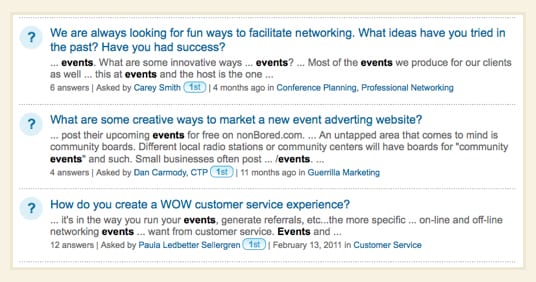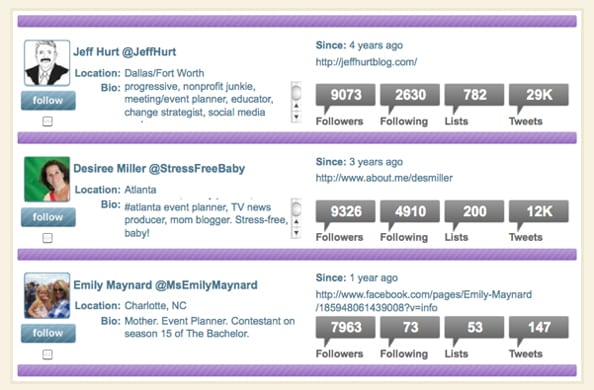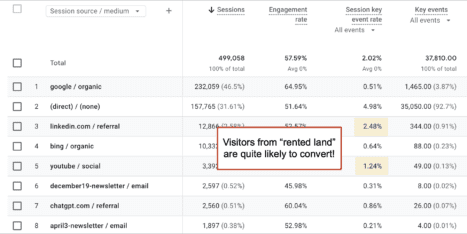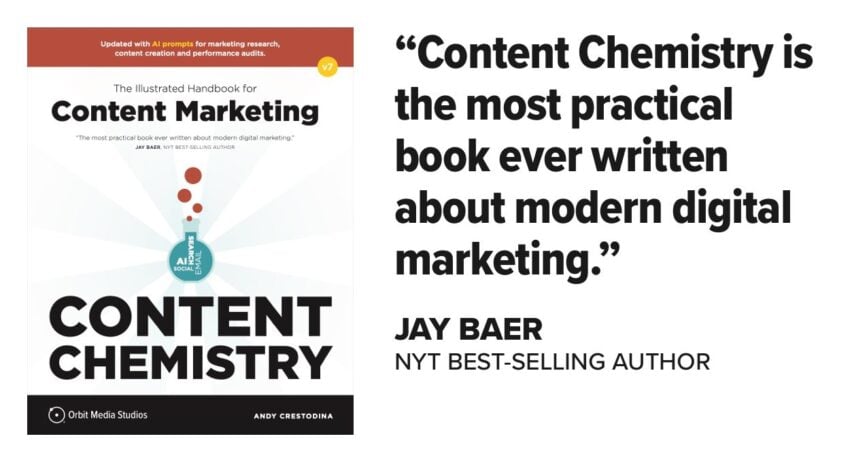Once people realize the power of content marketing, a light turns on in their minds. Oh, so this is how I can get traffic from search engines and social media!
But the light turns off just as fast. I don’t know what to write about. Or more often: I don’t have time to write. This post will show you how to create content, even when you have no ideas and no time. We’ll do it by finding a topic and then finding people to write about it.
Step One: Steal Find a Topic
The web is packed with writing ideas. Question and answer sites like Quora.com, Focus.com and LinkedIn Answers have huge lists of questions and responses. Search these sites for a topic related to your business.
Example: If my company does event planning, and I search LinkedIn Answers, I might see this.

Any of these would make a great blog post! And questions make excellent headlines. As you browse through the list, look for those that have a lot of answers. This is a sign that the question is interesting to readers and would be successful. Pick one that aligns with the interests of your readers and, if possible, the services your company offers.
Now you’ve got an idea that’s been validated by an online community.
Step Two: Find People To Write For You
Now we’re going to find some writers to do the work for us. Our plan is to email the question to at least three experts, ask them to respond, then put those responses together into a post. You may have experts in your network who could contribute. If so, great! But here’s another approach:
Visit followerwonk.com and search for people who would be qualified to answer. Followerwonk will sort by the size of the Twitter following. When you write about someone, they’re likely to share it through social media. By selecting people with big followings, the content will reach much farther.
Example: here are some of the people who have “event planner” in their bios on Twitter
You’ll likely start the conversation on Twitter. Here’s a sample tweet that should work well:
 |
Move the conversation to email. Make it easy for them, mention the benefits, and be nice.
- Offer to link back to their websites or their twitter accounts along with a mini-author bio of a few sentences.
- Offer to show them a draft before you publish.
- Promise to promote the content through your networks.
Variation: Rather than sending one question to several people, send one person several questions.
Step Three: Copy, Paste (and give it an intro)
It’s time to assemble the post. Really, you’re just copying and pasting the answers together under the question. Pretty simple.
Write a short introduction framing the importance of the question to your readers. Look for places to link back to your services in this quick intro or within the answers themselves. If possible, follow the entire web content checklist.
Step Four: Post and Promote
Time to go live with your new post! Make sure to let the contributors know when it’s live. Thank them publicly. Use the headline / question in tweets and posts. Don’t forget to go back to the website where you found the question and add a response with a link to your post. There are many ways to do content promotion, but this one goes perfectly with this technique.
There you have it. Instant Content!
You started with no clue and no time, and you created a relevant, easy-to-promote blog post. It’s possible to go through this entire process in under 30 minutes of combined time.
Need more help? Here’s another recent post with tips on how to overcome writers block. Hope this helps!





